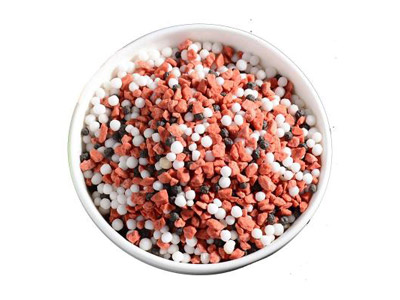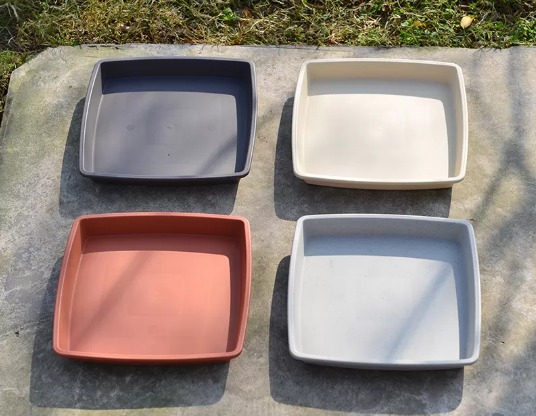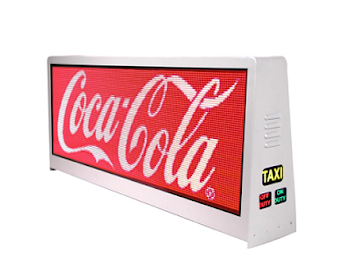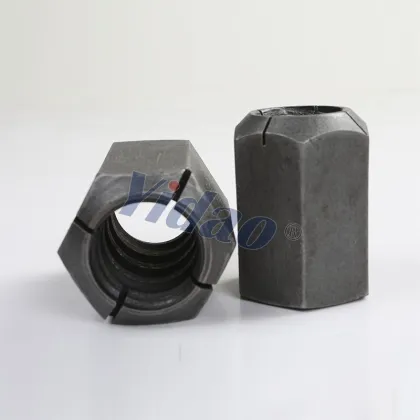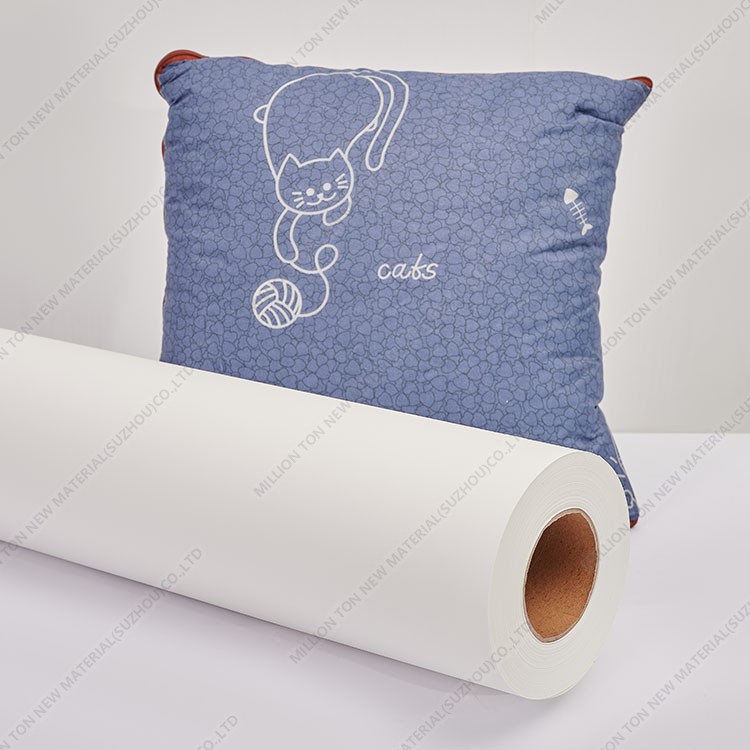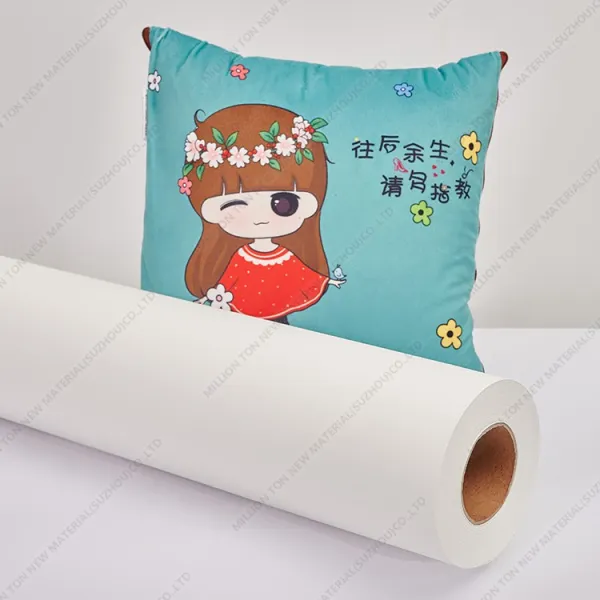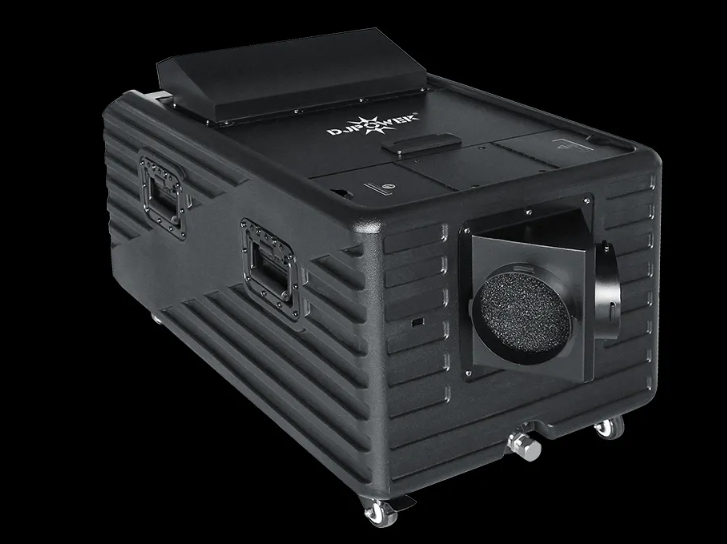In the realm of modern agriculture, the quest for improved crop yields and quality has led to the development and utilization of various agricultural practices and technologies. One such innovation that has gained significant attention is the use of compound fertilizers. These fertilizers, also known as complex or mixed fertilizers, offer a multitude of benefits that contribute to increased agricultural productivity, sustainability, and economic viability. This article explores the reasons why compound fertilizers are a valuable tool for farmers striving to optimize their crop growth.
Enhanced Nutrient Balance
Compound fertilizers are formulated by combining different essential nutrients in precise ratios according to the specific requirements of various crops. This balanced nutrient composition ensures that crops receive a consistent supply of nutrients critical for their growth and development. Unlike traditional fertilizers, which may only provide specific nutrients, compound fertilizers offer a comprehensive nutrient package that addresses multiple nutritional needs. This results in healthier plants, improved resistance to diseases, and ultimately higher yields.
Efficient Nutrient Management
The controlled nutrient release mechanism of NPK compound fertilizers allows for more efficient nutrient uptake by plants. These fertilizers are designed to release nutrients gradually over an extended period, aligning with the crop's growth stages. This controlled release minimizes nutrient loss due to leaching or volatilization, reducing environmental pollution and optimizing nutrient utilization. Farmers can also minimize the frequency of fertilizer application, saving time and labor while achieving consistent crop growth.
Customized Formulations
Different crops have distinct nutrient requirements at various growth stages. Compound fertilizers can be tailored to meet the specific needs of particular crops, ensuring that essential nutrients are provided in the right proportions at the right time. This flexibility in formulation allows farmers to fine-tune their fertilization strategies, promoting optimal growth and yield outcomes. Customized compound fertilizers lead to more precise and efficient resource allocation, contributing to sustainable agricultural practices.
Sustainable Agriculture
In the face of global challenges such as soil degradation and environmental concerns, sustainable agricultural practices are of paramount importance. Compound fertilizers play a vital role in promoting sustainability by reducing nutrient waste, enhancing soil fertility, and minimizing the use of non-renewable resources. Their controlled release mechanism reduces the risk of nutrient runoff, which can contaminate water bodies and harm aquatic ecosystems. By adopting compound fertilizers, farmers contribute to a more balanced and ecologically sound agricultural landscape.
Economic Benefits
The use of Sanyuanjiuqi compound fertilizers can lead to economic advantages for farmers. While initial costs might be slightly higher compared to traditional fertilizers, the long-term benefits outweigh the investment. Increased crop yields, improved quality, and reduced fertilizer application frequency translate to higher profits. Moreover, the optimized nutrient delivery system reduces the need for frequent applications, saving labor costs and decreasing the overall fertilizer expenditure.
Conclusion
The adoption of compound fertilizers marks a significant advancement in modern agriculture, aligning with the goals of sustainable and efficient crop production. With their balanced nutrient composition, efficient release mechanisms, customizable formulations, and economic benefits, compound fertilizers offer a practical solution for farmers seeking to maximize yields while minimizing environmental impact. As the global population continues to grow, the demand for food production intensifies. In this context, the role of compound fertilizers becomes increasingly crucial in meeting these demands responsibly and ensuring a secure food supply for the future. By harnessing the advantages of compound fertilizers, farmers can contribute to a more productive, sustainable, and prosperous agricultural sector.
